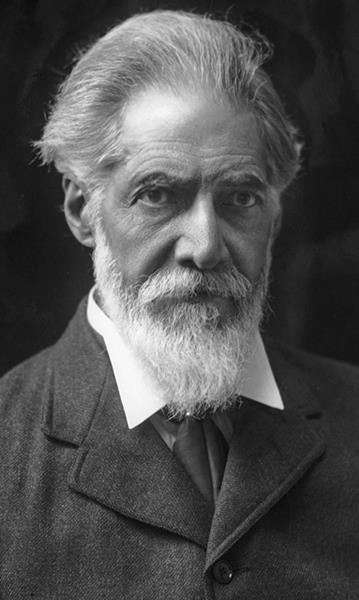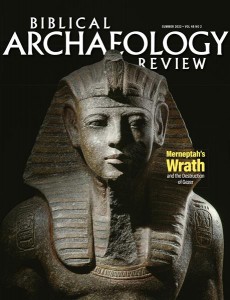
Who discovered the Merneptah Stele, which contains the earliest reference to “Israel”?
Answer: William Matthew Flinders Petrie
A founding father of modern archaeology, William Matthew Flinders Petrie (1853–1942) introduced systematic excavation procedures, and his fieldwork in Egypt and the lands of the Bible served to popularize archaeology among the general public.a He was, however, a noted eugenicist who regularly incorporated ideas about racial hierarchies into his academic work.
Petrie was born in Charlton, England. He learned surveying from his father, with whom he produced the first precise survey of Stonehenge. In 1880, Petrie launched his archaeological career in the Middle East, traveling to Egypt to measure the pyramids of Giza.
In 1886, while excavating the mortuary temple of Pharaoh Merneptah in Thebes, Petrie found a massive block of granite inscribed with 28 lines of hieroglyphic text. Standing more than 10 feet tall, the Merneptah (or Israel) Stele celebrates the pharaoh’s victory over the Libyans and the Sea Peoples in c. 1208 B.C.E. The stele also refers to Merneptah’s successful campaign in Canaan, mentioning the city-states of Ashkelon, Gezer, and Yenoam, and a “people” called Israel.
Already a library member? Log in here.
Institution user? Log in with your IP address.

